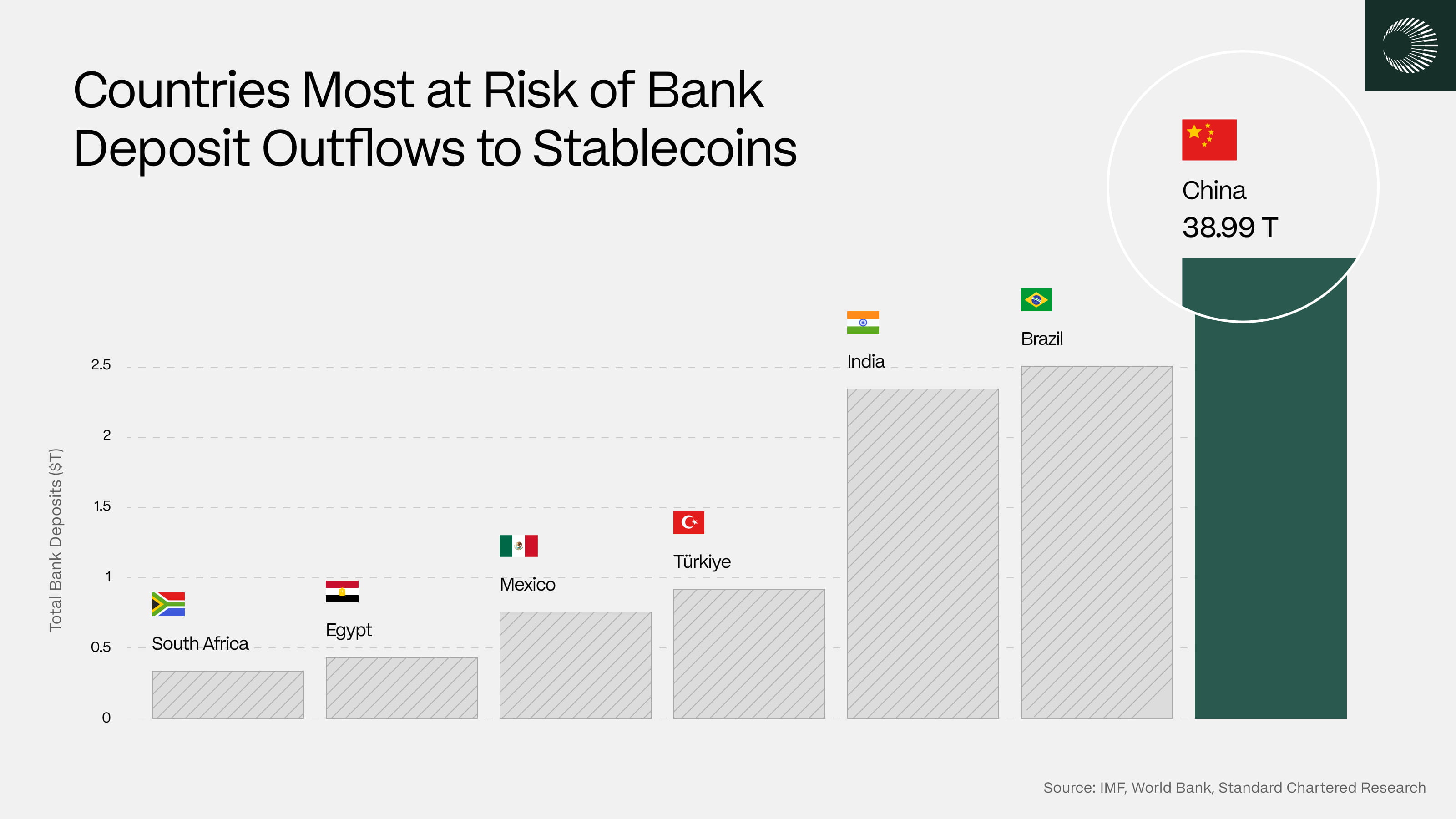If Ethereum is the center of DeFi, then Plasma is gradually becoming the center of global payments — not by promise, but by revolutionizing how stablecoins are circulated on-chain.
@Plasma #Plasma
DeFi can help money earn profits, but the world still needs a place for money to move.
And that is precisely the gap that Plasma $XPL is filling — where cash flow is processed as fast as Visa, cheaper than PayPal, and as transparent as blockchain.
From the early days, Ethereum was seen as the open financial brain: where DeFi, lending, staking, derivatives, or RWA operate.
All complex financial logic occurs there. But the issue is — Ethereum was not designed for payments.
High fees, low speeds, and UX that is not friendly enough make stablecoins, despite being everywhere, still unsuitable for daily transactions.
Meanwhile, Plasma chooses the opposite path.
Instead of focusing on financial products, Plasma chooses a simpler yet harder path: to build a blockchain solely for payments and stablecoins.
No complex smart contracts, no borrowing mechanisms, no yield farming — just one single goal: to make stablecoins a real means of transaction on-chain.
Interestingly, to achieve this, Plasma does not need to invent new technology, but redesign the blockchain architecture for the right purpose.
Plasma uses a zk-Rollup model to ensure security like Ethereum, but optimizes throughput up to tens of thousands of TPS.
Instead of requiring users to pay gas fees with their own tokens, Plasma allows direct payments using USDT, USDC, or the native stablecoin of the network (USD₮).
In other words, this is the first blockchain where users can transact without needing gas tokens — just stablecoins are enough.
That mechanism sounds simple, but it is the key that helps Plasma reach common users.
Users do not need to understand what gas fees are, they do not have to buy ETH to send money.
A person in Vietnam can send 50 USDT to the Philippines, the recipient receives exactly 50, with no intermediary fees, no waiting time.
That is the difference between a blockchain for traders and a blockchain for real users.
Looking at the cash flow, Plasma is developing at an astonishing pace.
Just two months after the mainnet, the network surpassed $7 billion in total value locked (TVL) and handled millions of stablecoin transactions daily.
Most liquidity comes from large stablecoin pools — USD₮, USDC, PLASD — integrated by DeFi projects like PlasmaPay, OrbitLink, and USD₮Vault.
But unlike traditional DeFi TVL, which just "sits in the pool", Plasma's cash flow circulates continuously: deposit, withdraw, pay, reward... all occur in real time.
That is also why Plasma is attracting the attention of payment organizations and fintech.
Some cross-border remittance service providers in Southeast Asia have begun experimenting with Plasma as a B2B payment infrastructure, replacing SWIFT or the intermediary banking system.
There, each stablecoin transaction is guaranteed by zk-proof — both fast and secure, and almost impossible to forge.
Another reason why Plasma is trusted is its extremely practical economic model.
The network does not rely on token inflation or incentives to maintain operations.
Validators and stakers are rewarded with the actual stablecoin transaction fees — a "real cash flow" model instead of phantom yields.
The more transactions there are, the more beneficial it is for validators, and that encourages them to keep the network stable, not for short-term profit.
This model makes Plasma resemble a more decentralized "Visa" rather than a conventional blockchain.
In addition, Plasma is also developing a private payment layer, using zk-proof to anonymize balances and senders — while still maintaining public verifiability.
This opens the door for enterprise financial applications, where compliance is needed but data security is still maintained.
A merchant can receive international payments through Plasma without worrying about identity exposure or wallet balance — something that other DeFi networks have yet to achieve.
From an economic perspective, Plasma is building the payment infrastructure of the on-chain finance.
Ethereum may be the "capital center", where assets are created, traded, and collateralized; but Plasma is the "circulatory system" — where capital flows, moves, and is used in reality.
If DeFi is the heart, then Plasma is the bloodstream.
Both operate together, creating a complete blockchain economy.
And what makes Plasma special is that it does not compete with Ethereum but complements it.
DeFi applications can be built on Ethereum and use Plasma as the backend payment layer.
Stablecoins issued on Ethereum can run on Plasma to serve daily users.
In fact, a portion of fees on Plasma is still recorded and burned with ETH — turning ETH into indirect "fuel" for the entire system.
I think, if Ethereum is where the future of finance is defined, then Plasma is where it becomes easy to use, accessible, and more practical.
That is the shortest path for blockchain to step out of the laboratory and into real life.
And when millions of people start using stablecoins for daily payments without knowing they are "on-chain", then Plasma has truly fulfilled its mission.
Hopefully this article helps you understand better why it can be said:
Ethereum is the center of DeFi, but Plasma $XPL is the center of payments — where money is not only in wallets but also flows, transfers, and serves real people.






